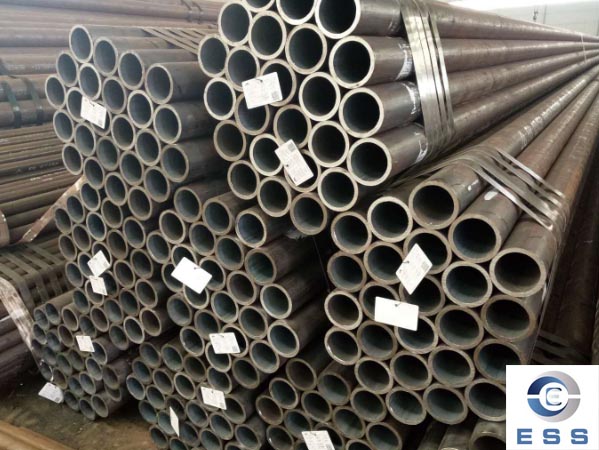Common defects of steel pipes are roughly divided into five categories: chemical composition deviation, dimensional deviation, appearance irregularity, abnormal physical properties and abnormal process performance.
1. The chemical composition of steel generally refers to the verified smelting composition obtained by sampling and analysis after smelting, and the verified composition that can be sampled for verification and analysis after processing. The verification ingredients should be within the allowable deviation range specified in the corresponding standard.
2. The size of the steel pipe mainly refers to the wall thickness and diameter, and the diameter is divided into outer diameter and inner diameter, as well as the diameter deviation (ovality) of the same diameter. Relevant standards stipulate the allowable deviation of the diameter (outer diameter or inner diameter) and wall thickness of the steel pipe. The allowable deviation of the inch of the steel pipe of different precision grades is different. With the improvement of the precision grade, the allowable deviation is changed from large to small. The allowable deviation value of precision steel pipe is smaller than that of ordinary steel pipe, and the dimensional accuracy is high.

3. The defects of improper appearance of
seamless steel pipes include surface defects, end defects and shape defects. The surface defects include spots (water spots, rust spots, etc.), scratches (scratches, scribes), cracks (splits), scars, warped skins (heavy skins), welding bumps, inclusions, folds (rolled folds) , pits (depressions), pockmarks, roughness (roughness); end defects include slanting, burrs (burrs), etc.; shape defects mainly refer to bending in the direction of straightness, (represented by curvature or straightness). The permissible existence and extent of appearance defects vary in different standards. Generally speaking, the requirements for precision steel pipes are stricter.
4. The physical properties (mainly mechanical properties) of steel pipes have different regulations in different standards according to different steel grades, different delivery states and use requirements. Its specific physical properties are mainly three items: tensile strength, yield strength and elongation after fracture.
5. The technological performance of the steel pipe refers to the adaptability of the steel pipe in the post-processing process. Testing methods such as flattening, flaring, bending, and hydraulic pressure are mainly used to simulate the processing (or process (or application) state of the steel pipe in the subsequent process (or in use), and the sample is required to be intact after testing. Similarly, different steel grades, different There are different testing methods for delivery status and usage requirements.













 Eastern Steel Manufacturing Co.,Ltd not only improve product production and sales services, but also provide additional value-added services. As long as you need, we can complete your specific needs together.
Eastern Steel Manufacturing Co.,Ltd not only improve product production and sales services, but also provide additional value-added services. As long as you need, we can complete your specific needs together.










